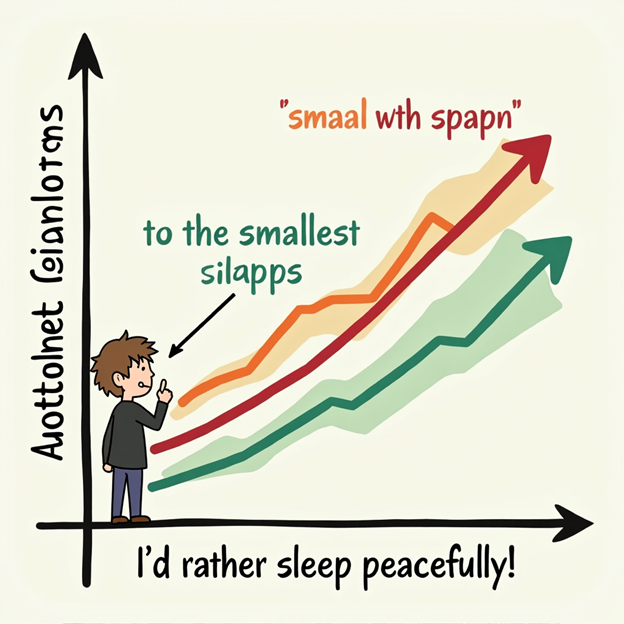There are no items in your cart
Add More
Add More
| Item Details | Price | ||
|---|---|---|---|
Which is better — a fund that delivers sky-high returns or one that’s consistent year after year? We break it down to help you make smarter investment choices.
25/06/2025
Investors often chase the top-performing fund, only to see it underperform later. The smarter path is choosing funds that deliver steady returns across cycles.
Consistency may not feel exciting, but over time, it’s usually more rewarding than chasing peaks. Let’s break this down with metrics and a relatable example.

Why Consistency Matters More Than Occasional Outperformance
Key Metrics to Evaluate Consistency
Conclusion
High returns can be flashy, but consistency keeps you invested — and that’s the real compounding superpower.
Before choosing a “hot” fund, check how consistent it has been over time. Choose peace of mind over adrenaline.

Summary Table: High Returns vs Consistency
| Factor | High Return Fund | Consistent Performer |
| Peak Year Return | 22% | 12% |
| Worst Year Return | -8% | 9% |
| Rolling Return Range | 6% – 22% | 10% – 13% |
| Investor SIP Behaviour | Erratic | Steady |
| 5-Year SIP CAGR | 8.6% | 11.3% |

Dr. Satish Vadapalli
Research Analyst